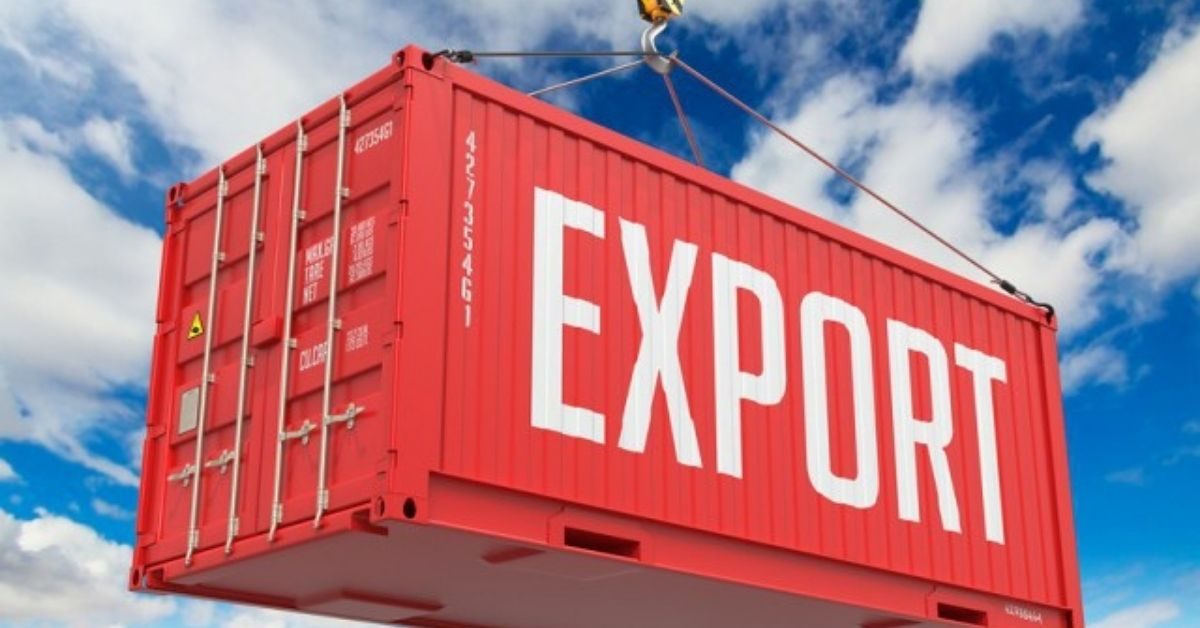India’s merchandise exports shrank 12.2% last December—the second contraction in three months. The decline appears broad-based, with as many as 19 of the 30 key segments, like petroleum products, drugs and pharmaceuticals, witnessing a drop. Notwithstanding two months of contraction, private estimates peg India’s exports to grow by 1.5–2% in FY23, with Q4 numbers likely neutralising the decline. But the bad news is 2023 spells greater pressures for India’s trade, with key markets heading into a recession and exports becoming a casualty. FY22 has been a remarkable fiscal with total trade cracking the $1 trillion milestone and exports touching $422 billion. Even though oil prices are regaining their obedience to ease import pressures, exports are at real risk. This is when a chunk of growth is expected from exports, one of the few sectors to clock growth even during the Covid-19 years. India must maintain the momentum now.
Despite the easing commodity prices, concerns surrounding the widening export-import gap due to recessionary fears persist. Last October, warning about a ‘darkened 2023’, the WTO projected global trade growth to drop to 1% from 3.5% in 2022. The Ministry of Finance concurred the following month, confirming a likely hit on our exports. Helpfully, RBI’s lead indicators suggest India’s Current Account Deficit (CAD)—which peaked at an all-time quarterly high in Q2, FY23—to reduce in 2023. This is welcome news, given the government’s chief economic advisor’s indications last November that CAD will likely close FY23 at a decadal high of over 3%, up from 1.2% in FY22.
While services exports and remittance inflows cushioning CAD from the goods trade imbalance may have influenced RBI’s latest reading, the fact remains that India must be in lockstep with Vietnam, Cambodia, Bangladesh and China, whose exports surged in the past two years. The commerce ministry is believed to be working on a comprehensive “country-wise, commodity-wise” analysis to boost exports. While at it, the government must use the forthcoming budget to address the long-pending demands of exporters, particularly MSMEs, and develop export logistics infrastructure, besides expanding the Production Linked Incentive scheme. Currently, India has 13 free trade agreements, but forging such alliances should be a continuous exercise. MSME exports alone account for about 45% of India’s total exports and demand more thought and action.







